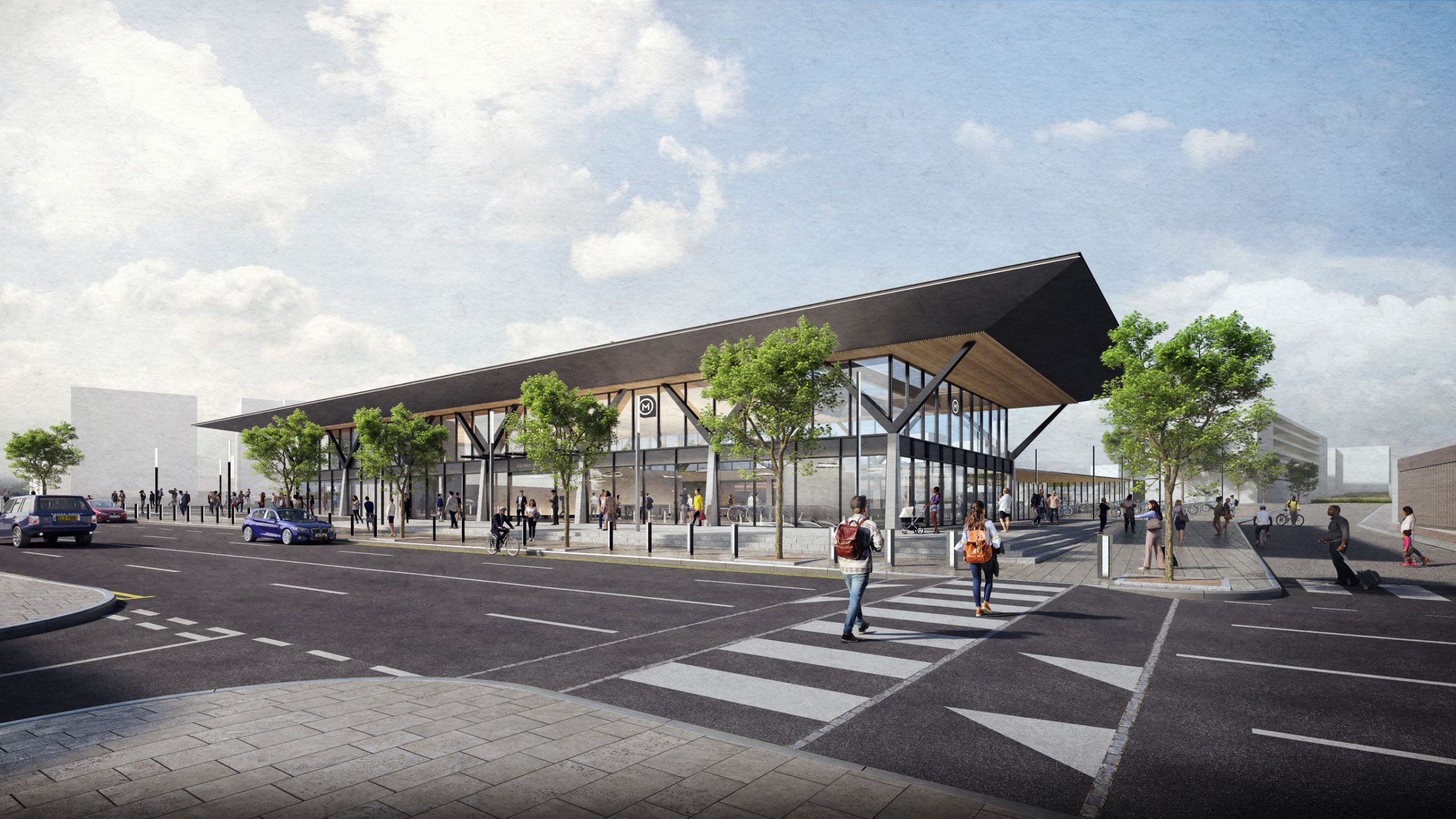 Ireland’s Minister for Transport Eamon Ryan has secured agreement from the Cabinet to move forward with the MetroLink rail project in Dublin.
Ireland’s Minister for Transport Eamon Ryan has secured agreement from the Cabinet to move forward with the MetroLink rail project in Dublin.
The preliminary business case has been presented to the Cabinet and the planning submission on the project will be lodged in September. “Now this exciting transport megaproject starts to become a reality. We are giving the green light to a transport system that will be integral to the city and the country’s sustainable development in this century, and into the next,” Eamon Ryan said.
The fully-automated metro system will be 19.4 km long with 16 stations mostly underground connecting North and South Doublin. It will provide connections with the airport, to the rail transport through two train stations and two major inter-city train stations, and to city’s public transport through one station to Luas.
MetroLink will consist of a fully segregated railway, most of which will be underground, running from north of Swords to Charlemont in the south of Dublin City Centre. The route will serve multiple residential communities such as Swords, Ballymun and Glasnevin, as well as the City Centre, Dublin Airport, and major employment, education, transport and other centres.
After reviewing the options and figures, the Department of Transport recommended approval of the MetroLink project as proposed by Transport Infrastructure Ireland (TII) and the National Transport Authority (NTA).
The project’s capital delivery cost is estimated between EUR 7.16 billion and EUR 12.25 billion but the Ministry says that EUR 9.5 billion is the credible cost estimate. Three-quarters of the cost during the construction phase will be paid for by the exchequer and one quarter financed by a Public Private Partnership (PPP). The analysis clearly shows that MetroLink will deliver benefits to the Irish economy and society to the tune of EUR 13.7 billion over 60 years, well in excess of expected project costs.
The construction of the MetroLink rail project is expected to start in 2025 and to be ccompleted in 2030s when trains will run every 3 minutes during peak periods. This can rise to a service every 90 seconds by 2060 with the system capable of carrying up to 20,000 passengers per hour in each direction compared to Luas Green Line which can carry circa 9,000 passengers per direction per hour.
The National Development Plan (NDP) 2021-2030 qualifies the project strategic investment priority which is fully aligned with the Climate Action Plan 2021 and other major strategic plans.
Share on:







